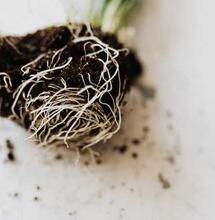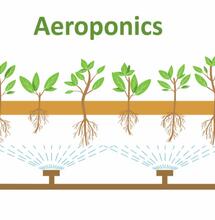Tissue Culture

As the cannabis industry matures, horticultural companies are pouring time and money into advancing the science of breeding new varieties and designating clean stock standards that provide supply-chain integrity. Tissue culture is a crucial area where advances are being made, leading to uniform, thriving cannabis crops.
Plant-tissue culture, or micropropagation as it is also known, has been widely used for speciality crops like citrus, strawberries and ornamentals for some time. Nodal culture keeps plants safe from infections that can't be eliminated or treated. This includes diseases that prevent the commercial distribution of plants. Creating a way of storing plants and plant genetics in a more straightforward way that takes up less space. Producing clean stock clones that are used to establish clean stock mother plants.
Tissue-culture storage helps protect healthy and disease-free plants by archiving them in tissue-culture labs under sterile conditions. For cannabis to be accepted as a mainstream agricultural crop, these are necessary steps that must be taken to minimise the risk of disease to other vital crops. This includes risk from pathogens including viroids, fungus and bacteria. Whilst micropropagation is generally more expensive than seed or clonal propagation; it has another significant advantage; it helps increase yield.
Two types of tissue culture are most relevant to cannabis.
The first is 'nodal culture', which involves establishing a plant cutting on a growing media like agar with growth hormones.
Nodal culture allows for the multiplication of the plant exponentially under sterile conditions, so many plants can be grown in a small space. As the plant grows and fills the receptacle, it can be propagated by taking cuttings and resetting them into new containers. Nodal culture can also eliminate surface pathogens like powdery mildew. However, it can leave trace pathogens.
On the other hand, Meristem culture is a process that refines plants already started in tissue culture. Meristem initiation can either be from cuttings taken from the plant directly or cut from plants already growing in nodal culture.
A meristem is a group of cells at the top growing points of the plant that have not developed a vascular connection.
.
Meristem culture can be used to eliminate viral and other infections. It does not guarantee the removal of pathogens, and it can take 12-24 months to complete.
Once a plant has been initiated into tissue culture and successfully transitioned out of the lab, it can be potted up and used as a mother plant. Once growing actively, cuttings can be harvested regularly and rooted for clone production.
Tissue culture is an excellent example of cannabis advancement through the application of agricultural and horticultural practices,
Because of advances in both science and data-driven program, commercial companies are pouring money into finding out what "makes" a cannabis plant and how to get the most out of it. Propagation technology such as tissue culture is just scratching the surface of what is possible to come in cannabis breeding.



.png)


